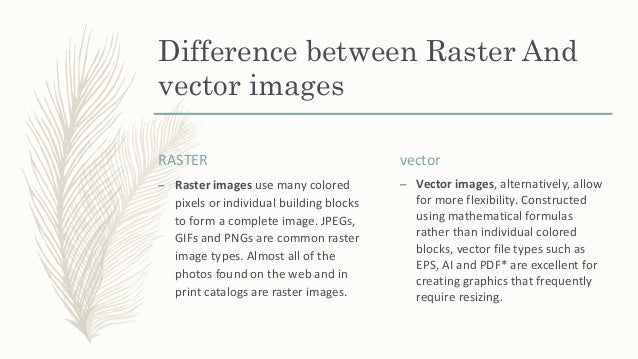
BASIC BUILDING BLOCKS OF RASTER GRAPHICS EDITOR PRO
Tip: The machine learning-powered ML Super Resolution scaling algorithm in Pixelmator Pro can help compensate for the potential quality loss when upscaling, as it uses an extremely intelligent, content-aware machine learning-enhanced algorithm. You can always scale the image down later if you need it. The more pixels there are in one inch of an image - the higher its resolution. A good rule of thumb for creating new images is to start with larger dimensions. When upscaling, pixel layers can lose detail, become blurry or pixelated as the pixels are being stretched. The number of pixels in an image is always set, making raster layers resolution-dependent. When looking at raster images up close, you can see these individual points but at a certain distance, they begin to form meaningful images. You can learn more in the chapter about vector graphics.A raster layer (or bitmap) is made up of pixels which are, essentially, points of color placed within a rectangular grid. These vector shapes are internally converted to a grayscale image and applied to the layer automatically. You create it and work with it as with a vector object The vector mask consists of vector shapes, that are made of Bézier curves. Brush, Eraser, Smudge, fill of the selection etc.)Ĭan also be applied to the raster mask, with the only difference, that all colors will become shades of gray. Each tool, that can be applied to a regular layer (e.g. The raster mask is a simple grayscale image, that consists of pixels. The difference is in the way how each kind is created and represented. There are two kinds of masks: raster masks and vector masks. They are used automatically, when the mask is applied to the image. Note, that these properties do not change the actual content of the mask. it removes sharp edges between white and black areas of the mask). The next property is Feather, which adds a blur to the mask The Density specifies the "opacity" of the mask (100% corresponds to a regular masking,Ġ% corresponds to no mask, values in between can be useful too). When you select a mask and open the Properties panel in the sidebar (or double-click the thumbnail of the mask), The link is represented by the chain icon on the left side of the thumbnail of the mask (each mask has its own link).Ĭlick the chain icon to link or unlink the mask. It means, that when you move the main content, the mask is moved too, and if you move the mask, Masks can be linked to the main content of the layer. drawing with a Brush tool, rotation etc.) can be applied to the mask, too.Ĭlick the main thumbnail, or the thumbnail of the mask, to choose, what you want to edit.

Or simply click the thumbnail of the mask with the Shift key pressed.Īny change to the layer (e.g. Right-click the thumbnail of the mask and choose Enable / Disable, When the mask is disabled, it has no effect on the image. Thumbnails of new masks will appear next to the thumbnail of the layer. Masks can be deleted through Layer - Raster Mask - Delete (or Layer - Vector Mask - Delete).

We can add a new mask to the active layer using Layer - Raster Mask - Add (or Layer - Vector Mask - Add). (in that case, the mask is applied to the whole content of the folder). There are raster masks and vector masks (the difference will be explained later).Įach layer can have at most one raster mask and at most one vector mask. Precisely, masks can have many shades of gray,Īnd produce many levels of transparency. That corresponding pixels of the layer are shown. The black color means, that corresponding pixels of the layer are hidden, while the white color means,

It has the same sizeĪs that layer (so each pixel of the mask has a corresponding pixel in the layer). We can think of a layer mask as an extra image, attached to the layer. In Photopea (and many other editors), it can be done with masks.

Sometimes, we need to hide a part of the layer (so it is not shown in the result), without deleting the actual pixel data. They are building blocks of our document.


 0 kommentar(er)
0 kommentar(er)
